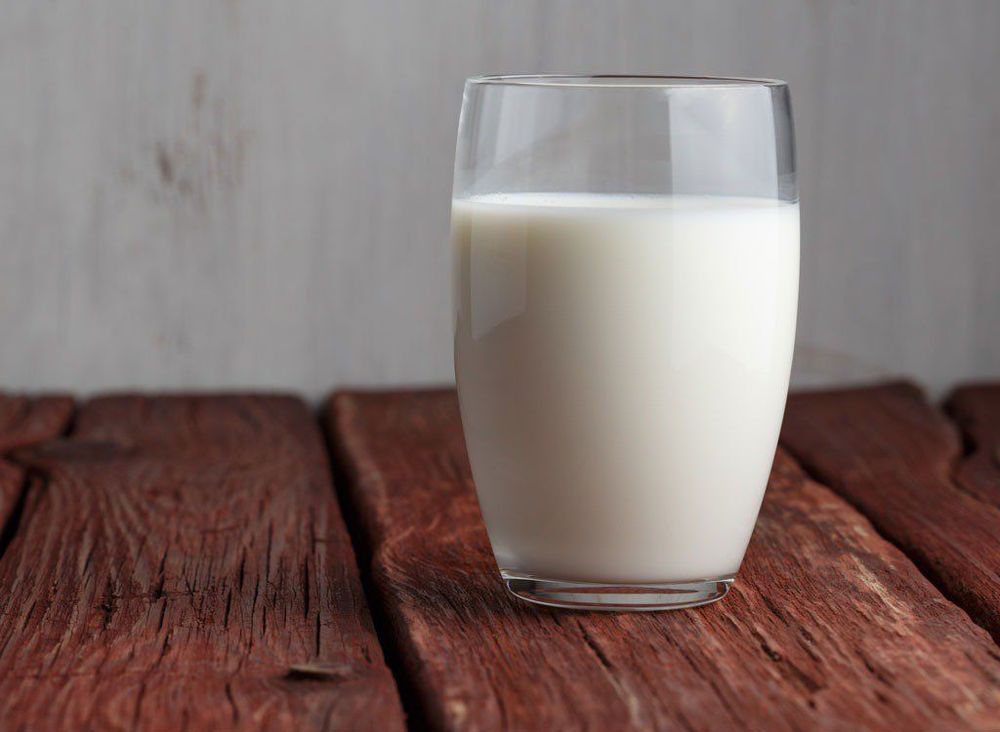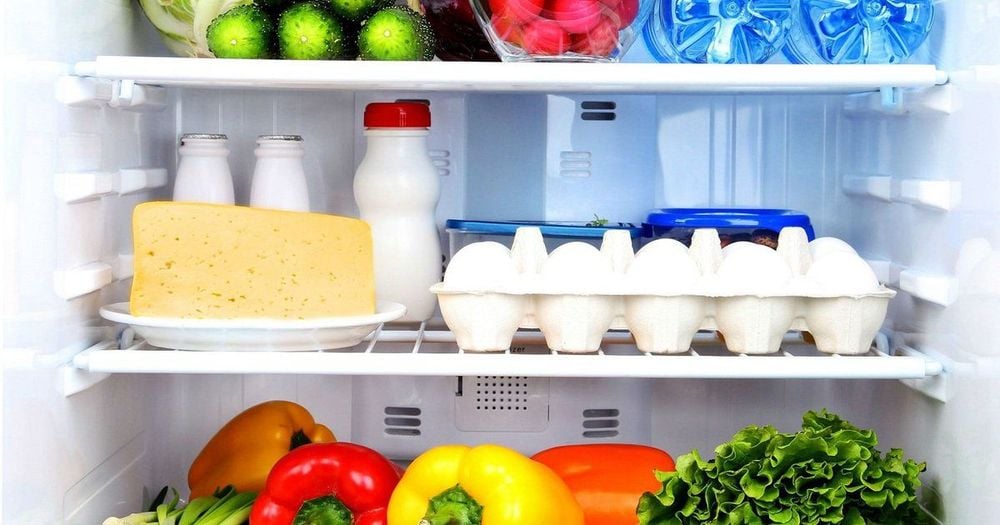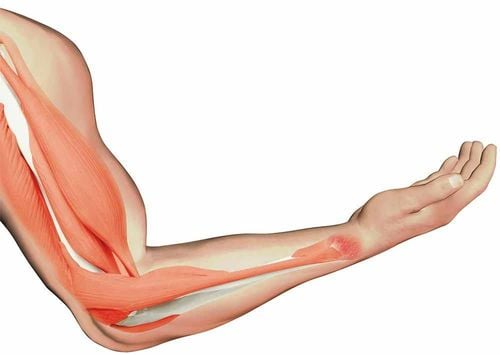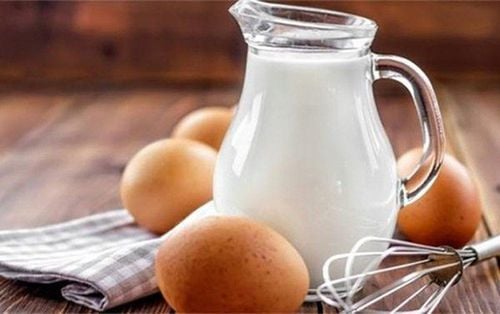This is an automatically translated article.
According to the National Science Foundation (NSF), 78% of consumers report that they often throw away milk and other dairy products immediately after the expiration date printed on the label. However, the expiration date printed on the milk packaging does not necessarily mean that the product is no longer safe to drink. In fact, most milk can still be consumed a few days after the expiry date printed on the label.1. What does the expiration date on the milk carton mean?
Mistakes about expiration dates printed on food packaging account for nearly 20% of the reason for increased food waste in the United States. This is largely because the U.S. Food and Drug Administration (FDA) does not regulate shelf life for food products, with the exception of products specifically intended for infants.Some states have specific regulations regarding the labeling of the expiration date on the packaging of dairy products, but these regulations can vary widely from state to state. This makes it possible for the user to see some sort of date on the milk carton, not necessarily the expiry date. Several possible date meanings are printed on milk packaging:
“Best before date”: this label indicates when a user should consume milk to get the best experience in terms of taste as well as quality. “Sold Out Date” quantity: This date can help stores manage inventory, as it indicates when milk should be sold to ensure the best quality. “Use-to-date”: This date is the last day a user should consume milk for the highest quality product. Dates printed on milk packaging can tell users when product quality will start to decline. However, that does not mean that the milk will expire and it is not safe to drink immediately after that date.
2. How long can milk be used after the expiration date

Sữa tươi chưa được tiệt trùng là loại sữa có thời hạn sử dụng ngắn hơn các loại sữa khác
Pasteurization is a process that involves heating milk to kill harmful bacteria, including E. coli , Listeria and Salmonella . In this way, the shelf life of milk is extended by 2 to 3 weeks. However, pasteurization may not kill all of the bacteria, and leftover bacteria will continue to grow, causing the milk to spoil.
A study found that the temperature in the refrigerator has a great influence on the shelf life of milk. By reducing the refrigerator temperature to between 6 and 4°C, the shelf life can be extended by 9 days.
Although no recommendations have been made, most studies show that when milk is stored properly, unopened milk is usually of good quality 5 to 7 days after the date printed on the package. Opened milk can last for at least 2 to 3 days beyond the use-by date.
Unpasteurized raw milk is milk with a shorter shelf life than other milks. Drinking this type of milk may also increase the risk of certain types of illnesses caused by bacteria in food.
In contrast, stabilized or sterile milk, produced by ultra-heat treatment (UHT). UHT is similar to pasteurization but is processed at a higher temperature, making unopened dairy products storable at room temperature. UHT milk can usually be stored for 2 to 4 weeks after the date of print if stored in the refrigerator in a cool, dry environment and can be stored for up to 1 month in the refrigerator. Once opened, UHT milk should be stored in the refrigerator and consumed within 7 to 10 days.
However, it is very important to check the quality of milk based on the taste and color of the product before consumption.
3. How to extend the shelf life of milk
Milk can still be used a few days after the expiry date printed on the package.Here are some tips to keep milk last longer:
Put it in the fridge as soon as possible the day after purchase Keep your refrigerator temperature between 38°F (3°C) and 40°F (4°C) Store milk on shelves inside the refrigerator, avoid on shelves in the door of the refrigerator. After use, always keep tightly closed and promptly return to the refrigerator. Milk can be frozen up to 3 months, however subsequent freezing and thawing may result in undesirable changes in texture and color

Bạn nên để sữa vào tủ lạnh càng sớm càng tốt ngay sau khi mua
4. How to know when milk is spoiled
Since the date printed on dairy products does not really indicate the shelf life of the product, the best way to know the quality of the milk, the user should check by using his senses.One of the first signs that milk has expired is a change in smell. Spoiled milk often has a distinct sour taste, which is caused by lactic acid produced by bacteria. Other signs of spoilage include a yellowish milky color and an appearance of ripples in texture.
5. Side effects when drinking expired milk
Accidentally ingesting a sip or two of spoiled milk is unlikely to cause serious side effects. However, consuming moderate or large amounts can cause food poisoning and lead to symptoms such as nausea, vomiting, stomach pain, and diarrhea.If symptoms persist or get worse, or if the body begins to show signs of dehydration, the user should consider seeking medical attention.
Please dial HOTLINE for more information or register for an appointment HERE. Download MyVinmec app to make appointments faster and to manage your bookings easily.
Reference article: Healthline.com












